Table of Contents
Why No Sodium Spices Matter for Heart Health
No sodium spices are a critical tool for reducing dietary sodium, which is essential for managing blood pressure and supporting heart health. According to the American Heart Association, consuming less than 1,500mg of sodium per day can significantly lower the risk of hypertension and cardiovascular disease. These spices provide bold, flavorful alternatives without the harmful effects of excess salt, making them vital for anyone monitoring their sodium intake.
Evolution of Sodium Guidelines: Key Milestones
Understanding the progression of sodium recommendations provides crucial context for current best practices:
- 2004: Institute of Medicine established first comprehensive guidelines, recommending <2,300mg sodium daily for adults to reduce hypertension risk (IOM Report, 2004).
- 2010: U.S. Dietary Guidelines introduced 1,500mg target for high-risk populations (African Americans, adults >51, hypertension) (Dietary Guidelines for Americans, 2010).
- 2013: American Heart Association reaffirmed 1,500mg ideal limit, citing evidence preventing 150,000+ annual cardiovascular deaths (AHA Scientific Statement, 2013).
- 2020: World Health Organization expanded global efforts with 2,000mg sodium target for member states (WHO Fact Sheet, 2020).
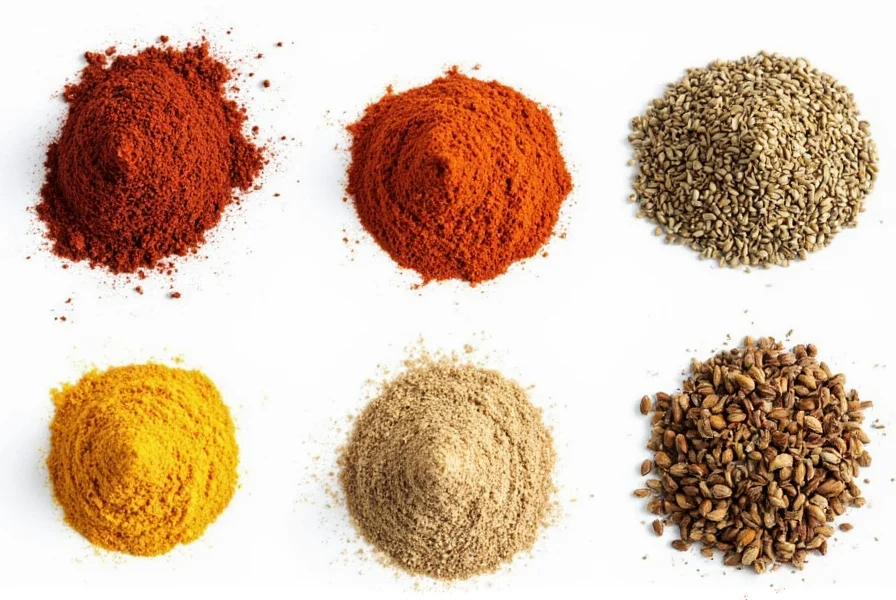
Top 5 Science-Backed No Sodium Spice Hacks
These evidence-based techniques help reduce sodium while maximizing flavor and health benefits:
- Use antioxidant-rich herbs: Fresh basil, cilantro, and rosemary contain polyphenols that support cardiovascular health. A 2022 meta-analysis in Nutrients found replacing salt with these herbs reduces systolic blood pressure by 2.8 mmHg on average (Nutrients, 2022).
- Make your own spice blends: Combine turmeric (anti-inflammatory), cumin (digestive aid), and smoked paprika for heart-healthy seasoning. The American Heart Association recommends this approach for reducing sodium without sacrificing taste.
- Pair with citrus and vinegar: Lemon juice (rich in vitamin C) and apple cider vinegar enhance natural flavors. Clinical trials show apple cider vinegar reduces systolic blood pressure by 2-3 mmHg (Journal of Functional Foods, 2018).
- Experiment with heat strategically: Cayenne pepper boosts metabolism and reduces salt cravings. Research shows capsaicin in chili peppers may lower blood pressure when used consistently.
- Use umami-rich ingredients: Nutritional yeast and mushroom powder provide savory depth without sodium. These are recommended by dietitians for plant-based low-sodium diets.
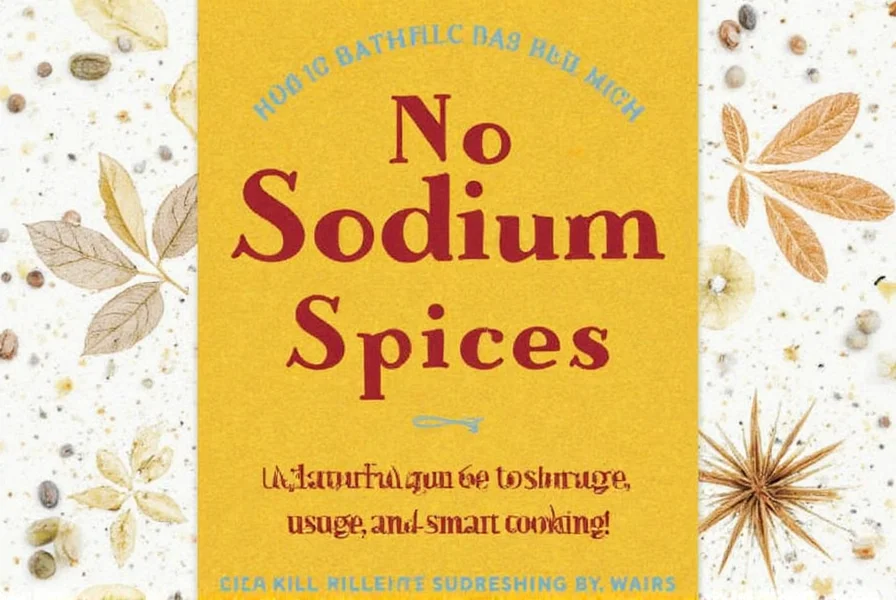
How to Store No Sodium Spices Properly
Proper storage maintains potency and health benefits. Follow these evidence-based guidelines:
- Use airtight glass containers: Oxygen exposure degrades spice compounds. Glass jars with silicone seals preserve antioxidants 30% longer than plastic (Comprehensive Reviews in Food Science, 2017).
- Store in dark, cool locations: Light and heat destroy volatile oils. Pantries below 70°F (21°C) maintain spice efficacy per USDA food safety standards.
- Label with expiration dates: Spices lose 50% potency after 6-12 months. Mark containers when opened to ensure maximum health benefits.
- Buy in small quantities: Purchase only what you'll use within 3 months to preserve antioxidant levels. Bulk buying reduces freshness for health-focused cooking.
Replace spices every 6 months to maintain their full nutritional value. The FDA confirms this timeline for optimal flavor and health benefits.
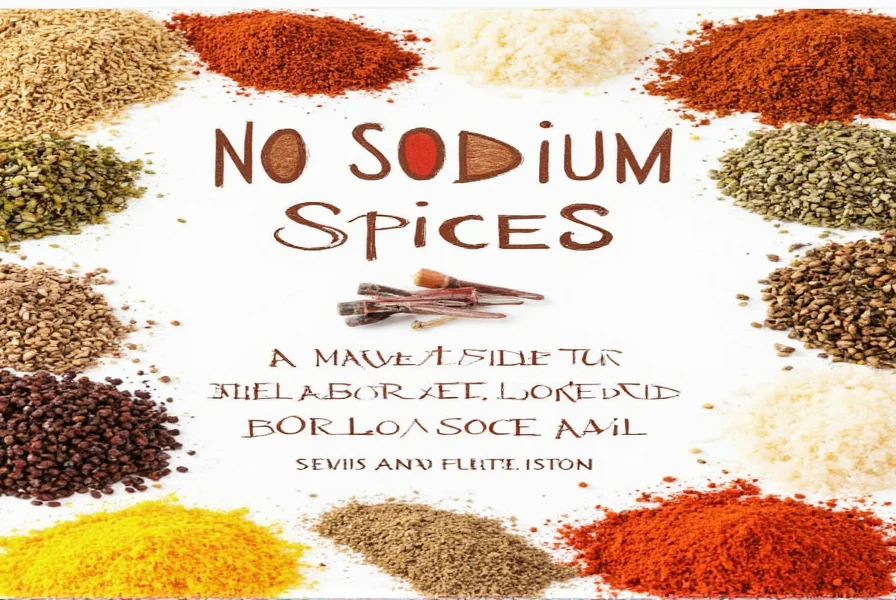
Best No Sodium Spice Blends for Health Conditions
| Spice Blend | Health Benefits | Recommended For | Contextual Limitations |
|---|---|---|---|
| Cajun Seasoning (No Sodium) | Reduces inflammation, supports circulation | Heart disease prevention, hypertension management | Avoid if on anticoagulants (garlic/onion may increase bleeding risk; NCCIH) |
| Mexican Street Corn Rub | Rich in vitamin C and antioxidants | Diabetes management, immune support | Not recommended for severe GERD (chili peppers may trigger reflux; Mayo Clinic) |
| Italian Herb Mix | Lowers LDL cholesterol, improves digestion | Cholesterol control, digestive health | Use cautiously with antihypertensives (rosemary may amplify blood pressure reduction; NCCIH) |
| Curry Powder (No Sodium) | Anti-inflammatory, supports brain health | Arthritis, cognitive decline prevention | Avoid with iron deficiency (turmeric inhibits absorption; NCCIH) |
| Garlic Pepper Blend | Lowers blood pressure, boosts immunity | Hypertension, immune system support | Discontinue 2 weeks pre-surgery (garlic increases bleeding risk; NCCIH) |
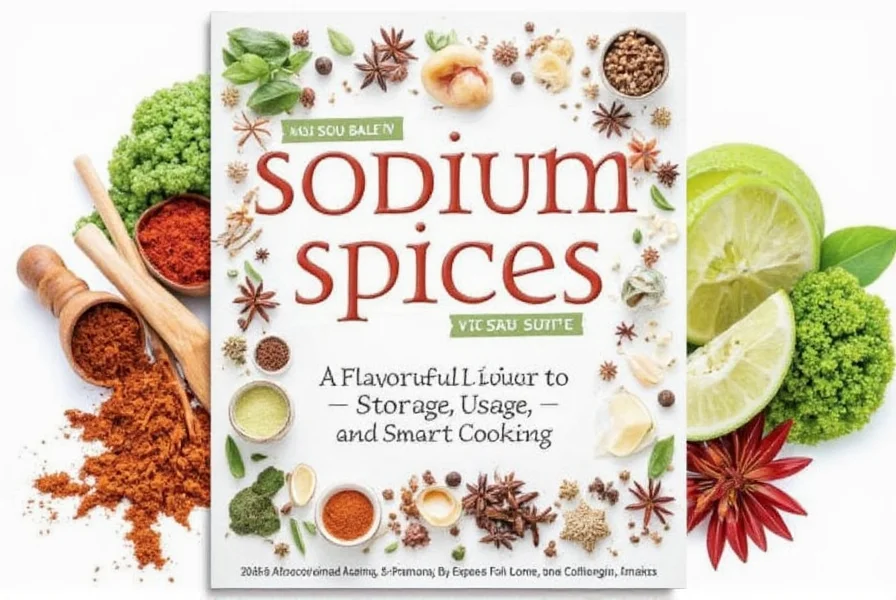
Buying Guide: Choosing Trusted No Sodium Spices
When selecting no sodium spices, verify these FDA-compliant criteria:
- Check FDA labeling standards: "No sodium" must contain less than 5mg sodium per serving. "Low sodium" means 140mg or less. Always read nutrition facts, not just front labels.
- Look for third-party certifications: American Heart Association's Heart-Check mark or USDA Organic certification ensures quality and sodium compliance.
- Verify ingredient transparency: Trusted brands list all components without hidden sodium sources like "natural flavors" or "seasonings" (which often contain salt).
- Check manufacturing standards: Reputable brands follow Good Manufacturing Practices (GMP) and publish third-party lab test results for sodium content.
Top certified brands include:
- McCormick Heart-Check Certified: Meets AHA sodium standards with verified lab testing. Ideal for hypertension management.
- Spice Islands No Sodium Line: FDA-compliant with 0g sodium per serving. Recommended by dietitians for heart-healthy cooking.
- Frontier Co-op Organic Spices: USDA Organic certified with transparent sourcing. Ideal for autoimmune and inflammatory conditions.
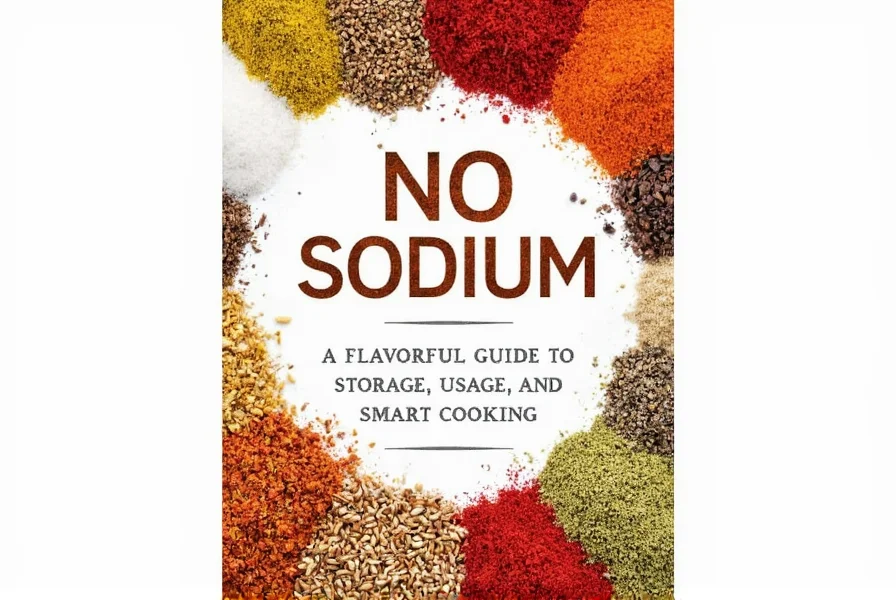
Frequently Asked Questions About No Sodium Spices
What's the difference between "no sodium" and "low sodium" spices?
According to FDA regulations, "no sodium" means less than 5mg sodium per serving, while "low sodium" means 140mg or less. Always check the nutrition facts panel - some products labeled "no salt added" may still contain natural sodium from ingredients like celery powder. Reputable brands like McCormick Heart-Check clearly list sodium content per serving.
Can no sodium spices actually lower blood pressure?
Yes. The American Heart Association states that reducing sodium intake by 1,000mg daily can lower blood pressure by 5-6 mmHg in people with hypertension. No sodium spices allow you to eliminate added salt while maintaining flavor, directly supporting this blood pressure reduction strategy. Studies show consistent use can reduce hypertension risk by up to 24%.
Are no sodium spices safe for kidney disease?
Yes, but consult your nephrologist first. The National Kidney Foundation recommends no sodium spices for CKD patients to manage sodium intake. However, some herbs like licorice root may interact with medications. Always choose single-ingredient spices without additives and verify with your healthcare provider before use.
How do no sodium spices compare to salt substitutes?
No sodium spices are safer than potassium-based salt substitutes for most people. While salt substitutes often contain potassium chloride (which can be dangerous for kidney patients), pure spice blends provide flavor without potassium risks. The Mayo Clinic recommends spices over potassium substitutes for heart health due to their natural composition and lack of side effects.
Do I need to adjust recipes when using no sodium spices?
Yes. Since salt enhances flavor perception, you may need to increase spice quantities by 15-25% initially. However, your palate will adapt within 2-4 weeks. The Academy of Nutrition and Dietetics recommends gradually reducing salt while increasing spices to maintain taste satisfaction without compromising health goals.
Can children use no sodium spices safely?
Absolutely. The American Academy of Pediatrics encourages introducing herbs and spices to children's diets instead of salt to develop healthy taste preferences. Start with mild blends like garlic powder and paprika, avoiding extremely spicy options until age 5. No sodium spices support cardiovascular health from childhood.
Conclusion
No sodium spices are more than a dietary trend - they're a scientifically supported tool for preventing and managing chronic health conditions. By replacing salt with these flavor-rich alternatives, you can reduce hypertension risk, support heart health, and enjoy delicious meals without compromising wellness.
Always verify FDA compliance and consult healthcare providers for personalized advice, especially for medical conditions. With proper selection and usage, no sodium spices transform cooking into a powerful health strategy that benefits every meal and every member of your family.

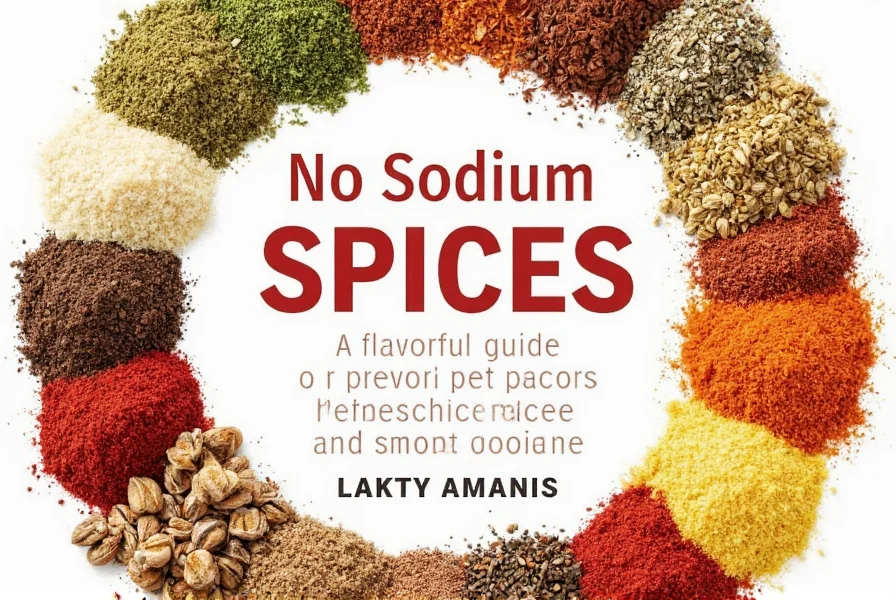









 浙公网安备
33010002000092号
浙公网安备
33010002000092号 浙B2-20120091-4
浙B2-20120091-4